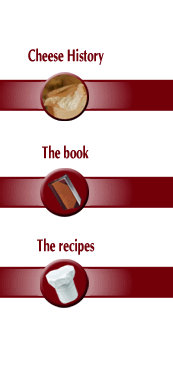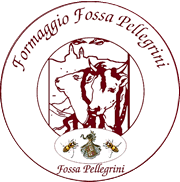

But very soon the Malatesta understood that their lunch and dinner could serve their purposes: in fact behind a gallant invitation they began to hide the danger of a murder. An example is what happened in 1323 and that saw Umberto, Lord of Paolo Malatesta (just Francesca's lover), as a victim. Umberto had Rimini in his views and in order to eliminate Pandolfo, who was the regent at that time, thought to ask for help to his cousin, Ramberto. He played a double game, since he invited Umberto in his castle of Ciola Araldi and made him murder while he was sitting at table. It was a real risk being invited to lunch by the Malatesta family.
However the Malatesta, also in the meals as it were familiar, had to make appear the magnificence of their court. The court used to sit at table following precise rituals which scan every moment in sequences. The ways and times in which the banquet had to be carried out, developed in time, assuming tones more and more standardized. The figure of the gentleman's "curver" was central, the family's and the foreign's curvers were subordinate to him. He was a clever person, with great orginizing ability, cultivated and of kind manners; his task was of providing for the gentleman's food, complying his tastes, and all the people responsible for the table acted under his orders and responsability. Such eventuality, was treated down to the smallest details, in fact it existed specialized waiters: there were the "dapiferi", people in charge of bringing the food taken by the hands of the cooks or of the "credenzieri" to table, to taste all the foods under the eyes of the gentleman, in order to avoid poisonings, very frequent in that period, and to bring back to the kitchen the empty dishes; there were the "coppieri" who provided the drinks, the "carvers" brought up to cut carefully and with great agility every type of meat, the "credenzieri" who dealed with all the types of pottery; there were, finally, the person involved in bringing "the water by the hand". The carver assigned the places to table, according to the degree of the various members of the family. The dinette, which was the room where the family had their meals, was occupied by those more important than them, while to the minority members a second room next to the previous one was assigned.
The meals were rigorously consumed at the same time and whoever had been absent, had to eat only bread and wine, unless he had a valid excuse; the meal was always accompanied by the presence of the music, which in the life of court followed every ceremony or banquet. Therefore the table assumes a remarkable importance in the life of the Malatesta family; it was seen from one side as a moment in which the whole family could meet and from the other as a political expedient: a pretext for the realization of crimes and captures; and the "Formaggio di Fossa", with its aroma and its reputation of being aphrodisiac, was a callback to which was difficult to escape.
Nothing was left to the chance by the Malatesta: also the food was to their service.
( Traduzione effettuata da Ilaria Nigro )

Via Le Greppe, 14
47030 Sogliano al Rubicone (FC)
info@formaggiodifossa.com